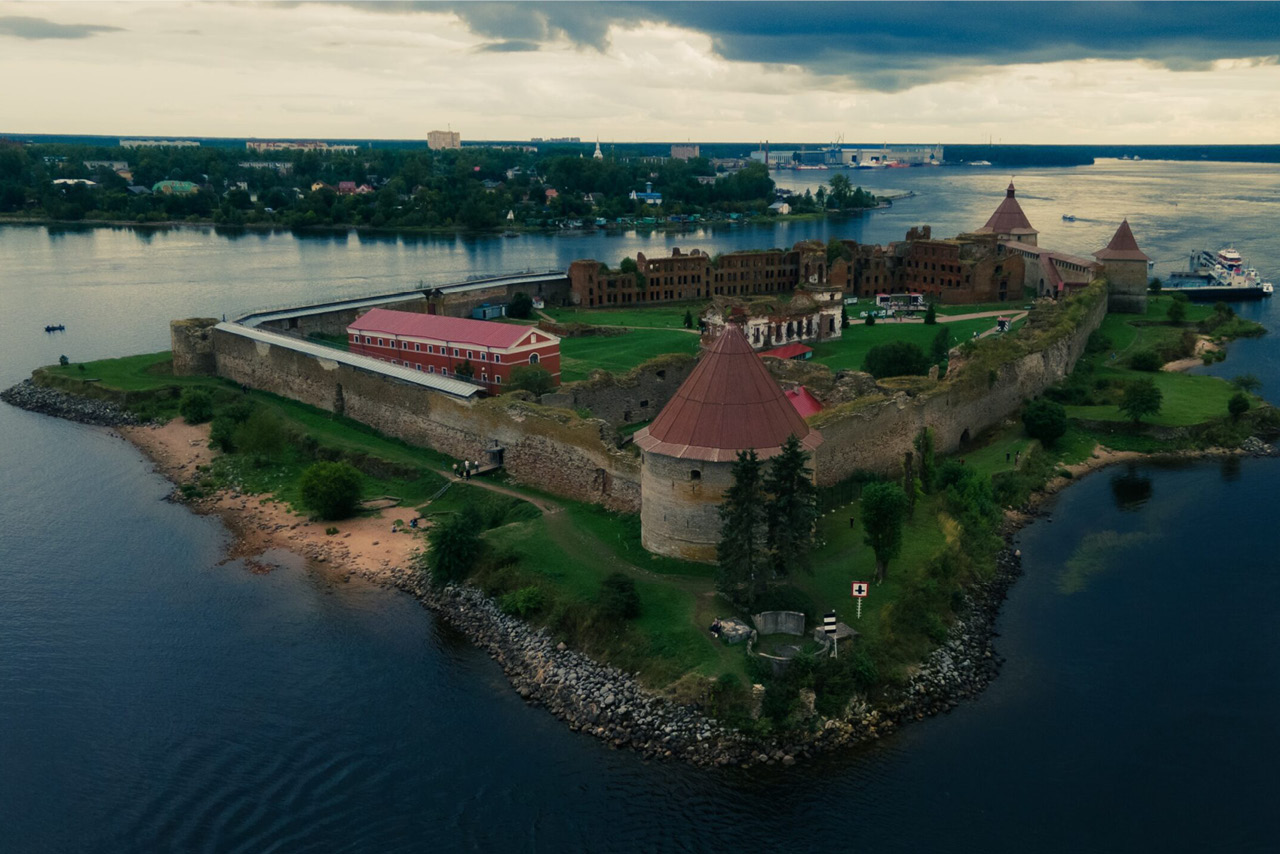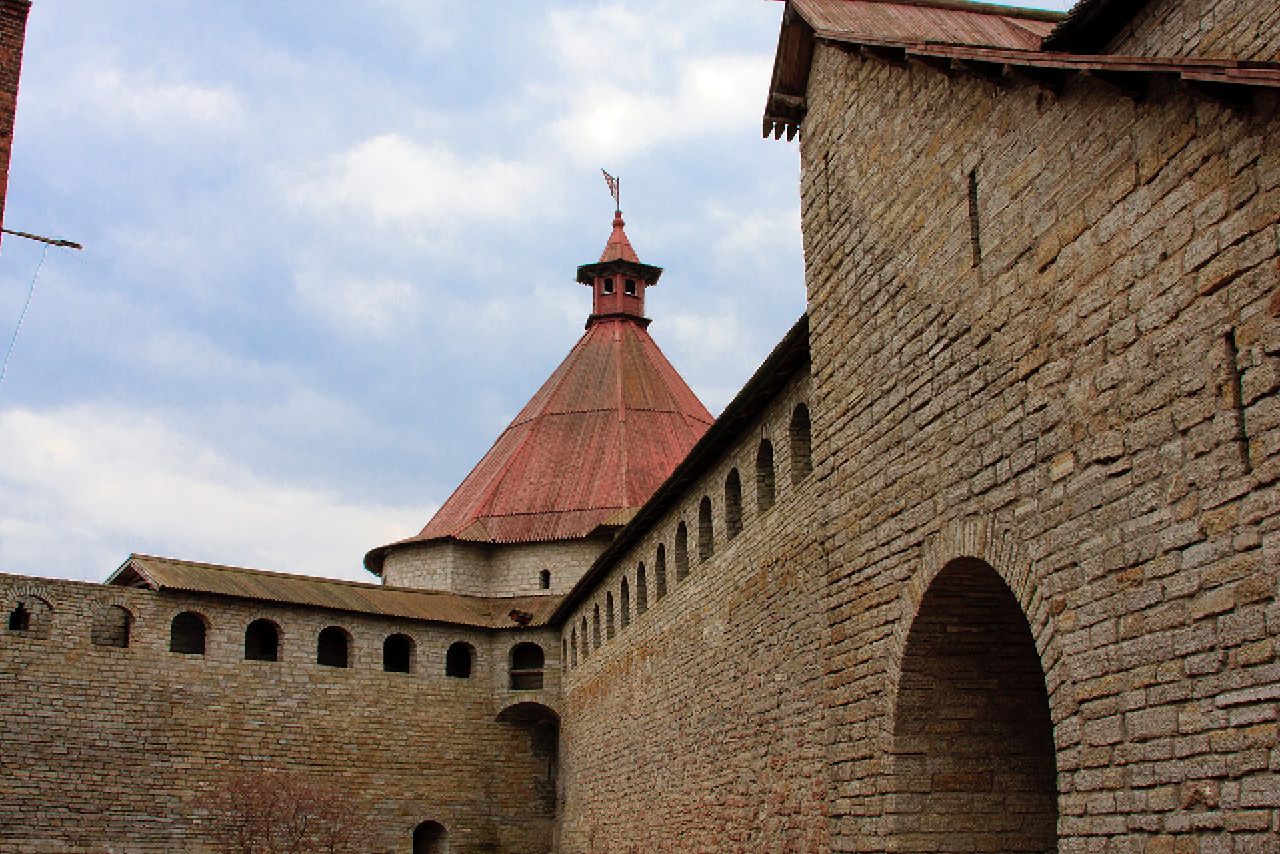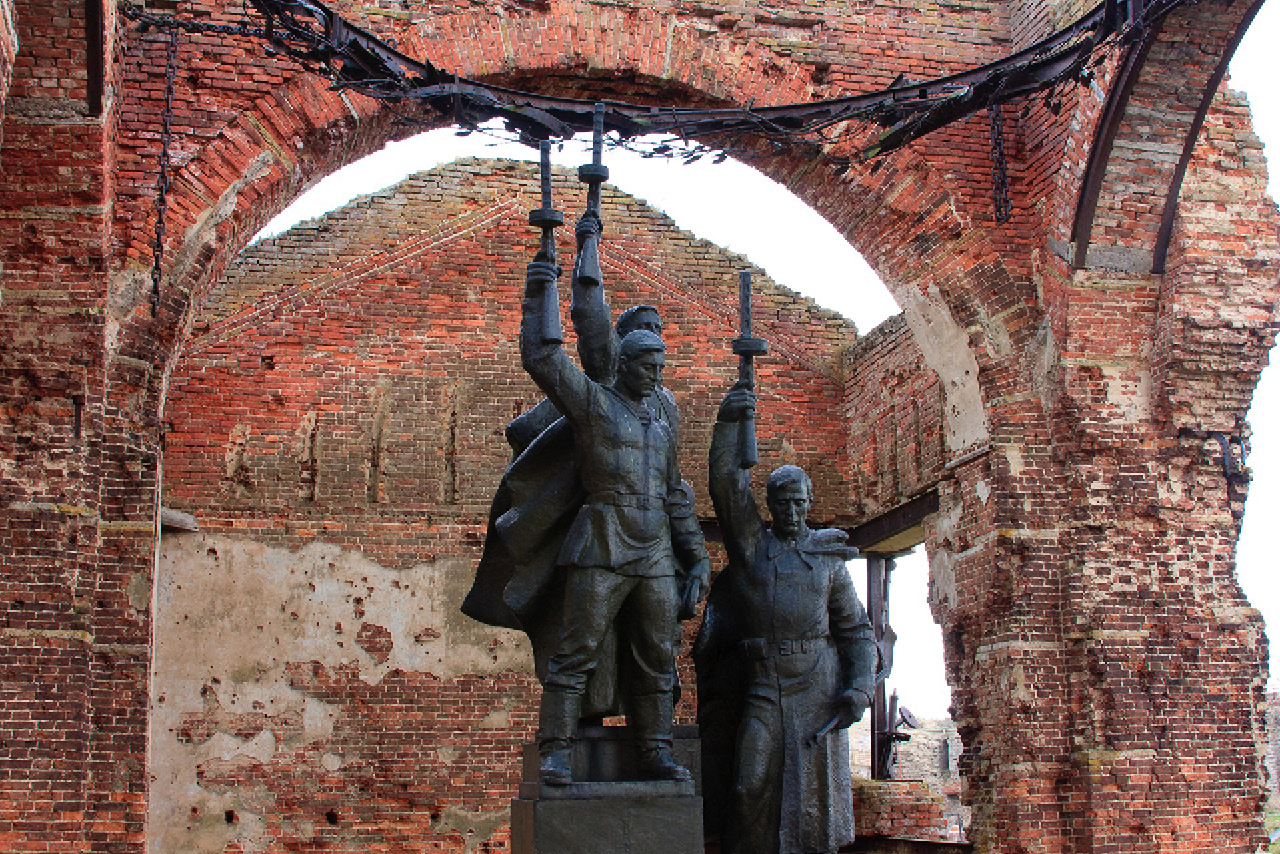Let's explore it
So Diverse!
To feel yourself a Medieval Knight, set to one of the ancient fortresses that can be found in Vyborg, Kronstadt, Ivangorod, Old Ladoga, and Oreshek. Some of them stand on islands surrounded by mighty forts that add mystery to these ancient fortifications. Because of the strategic position of some places in the Leningrad region they have always been a subject of the dispute and destined to be strong. The history of these places is connected to wars and defenses.
In the Leningrad region, the history of the Middle Ages merged with the history of Imperial Russia. The heritage of the emperors is such luxurious estates as Gatchina and Oranienbaum. Leningrad region also preserves the memory of the people’s courage during the Second World War.
short region information
LOCAL TIME | UTC+3 |
|---|---|
CLIMATE | Temperate
|
POPULATION | 1,9 million people |
HIGHLIGHT | Kronstadt Forts, Oreshek Fortress, Gatchina Manor, Chinese Palace |
types of tourism

culinary

Excursion

Nature

theme
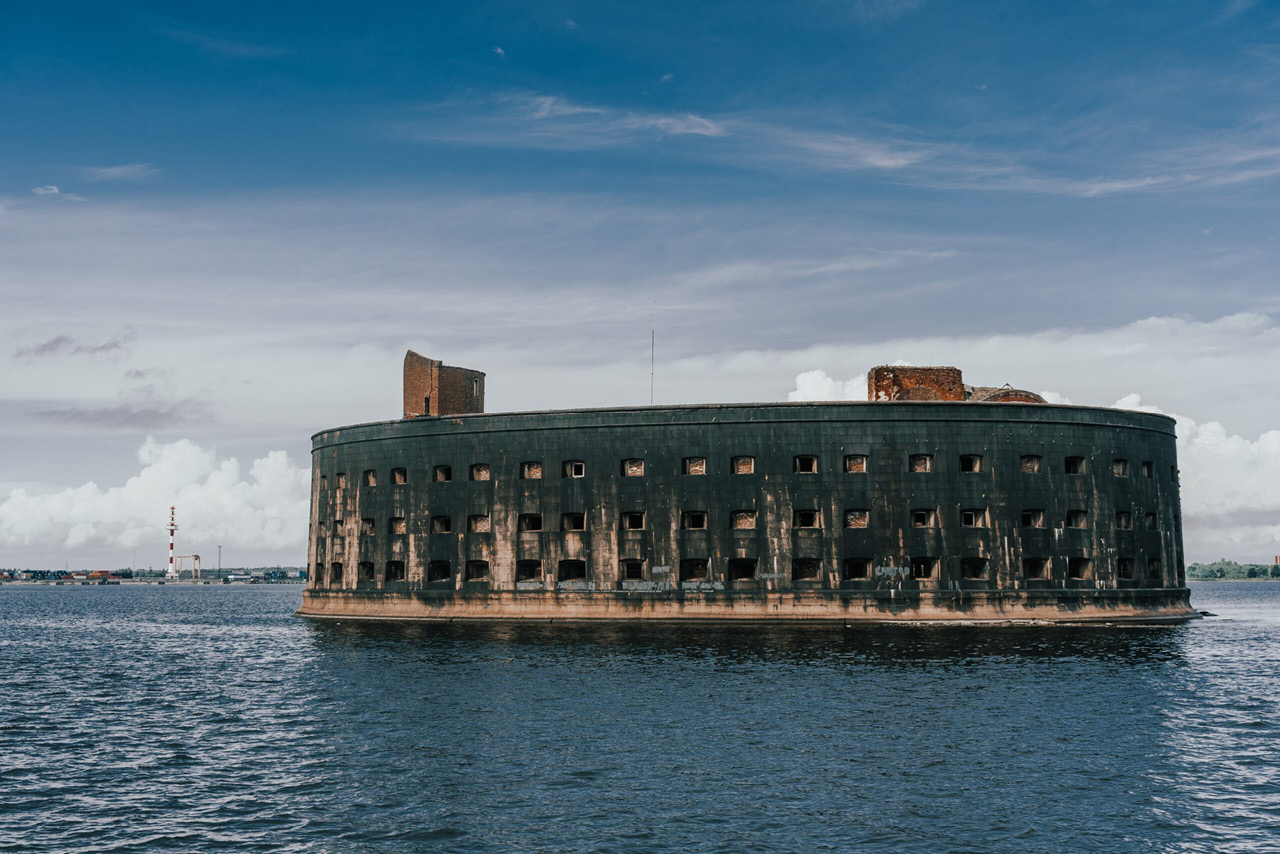
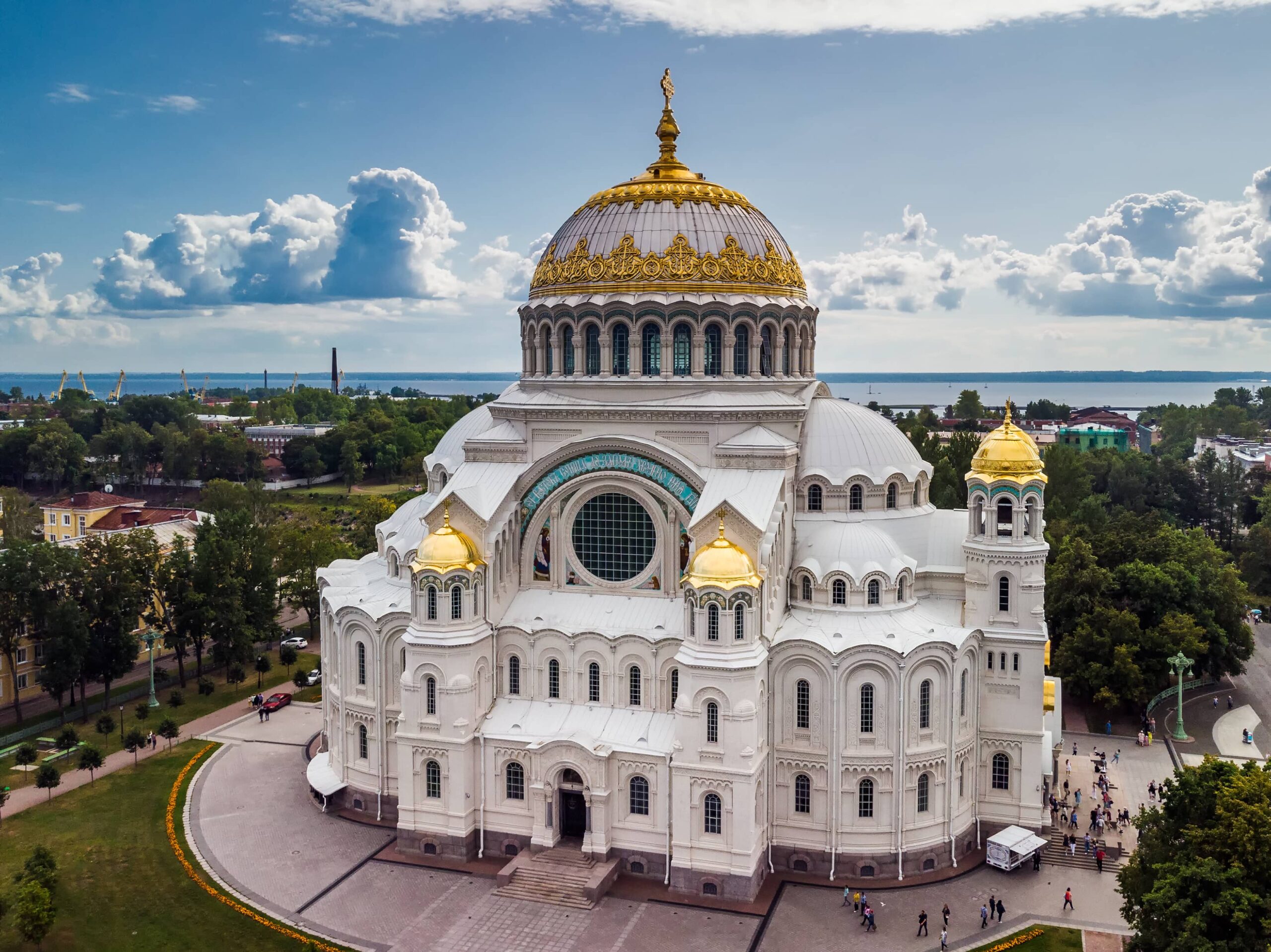
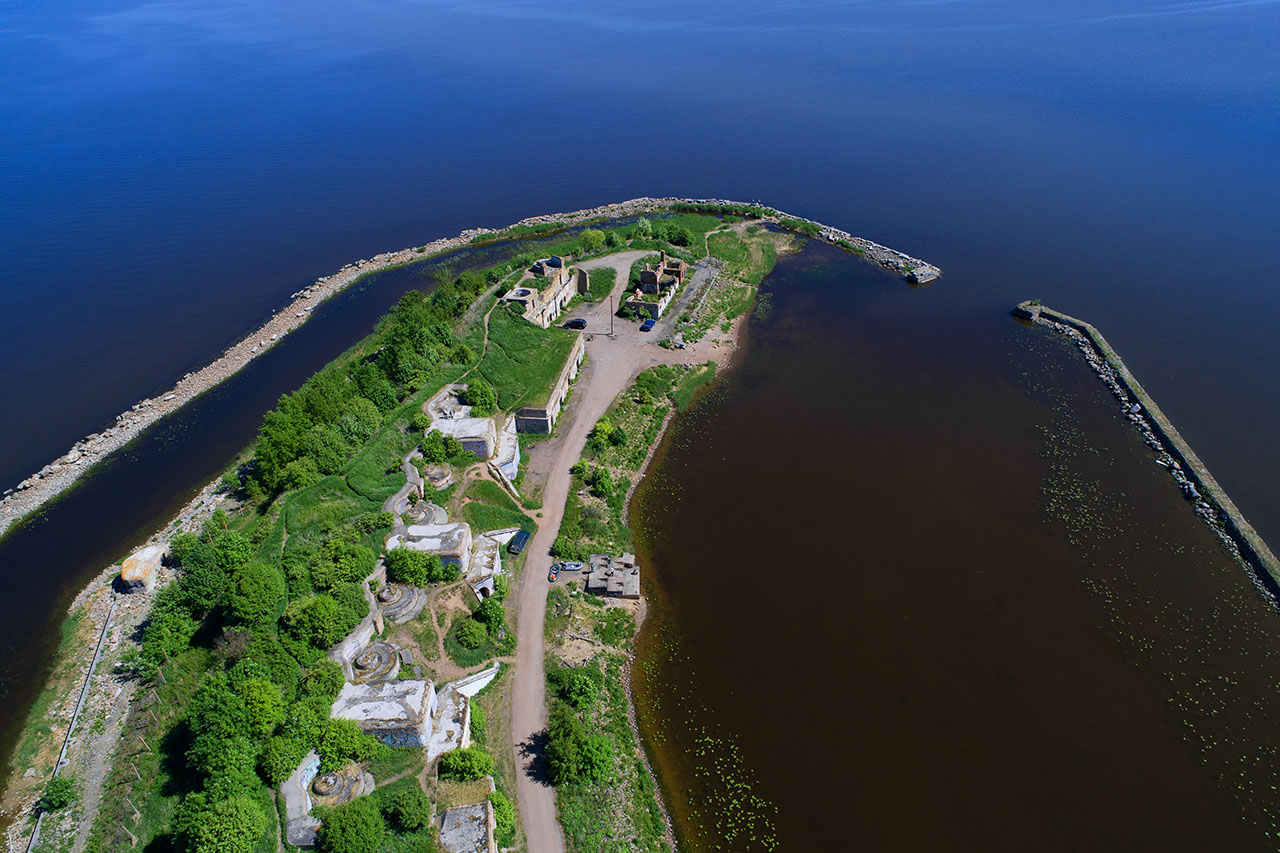
The Naval Glory of Russia
Kronstadt
Kronstadt is a large island in the center of the Gulf of Finland and the sea gate of St. Petersburg. The island can be called the protector of the city as its dam protects the city from floods and its forts have been defended the city against enemies from the 18th century. And never once did the enemy set foot on this coast. Now, these mysterious and mighty constructions are the subject of interest not only for locals but also for foreign guests.
The monumental building of the Naval cathedral of Saint Nicholas is a true symbol of the island. Built at the beginning of the 19th century in the Byzantine style, this cathedral is a unique monument to the heroism and courage of Russian sailors. The walls of the cathedral are decorated with memorial plaques, made of black marble with the names of sailors who died in the battles.
Sailors are the pride and glory of the city. The sailors of Kronstadt participated in the October Revolution of 1917, and then raised an uprising against Soviet power. They fought on the fronts of the First and Second World War. In Soviet times, Kronstadt was the main base of the Baltic Fleet.
English Castle of Russian Emperor
Gatchina
Gatchina is one of the most beautiful palaces and park ensembles in Russia. The picturesque landscape and spring lakes made it possible to create an extremely beautiful landscape park. The peculiarity of this place is the amazing panoramic views that one can enjoy both from the park and the water.
The central place of the ensemble holds the Great Gatchina Palace. The unique architecture of the palace makes it stand out from traditional Saint-Petersburg Imperial Palaces. It looks more like an English Castle with its characteristic special atmosphere. Initially, the palace was built by order of Empress Catherine the Great who gifted Gatchina Manor to her favourite Grigory Orlov. Later Emperor Pavel I continued working on the palace appearance and made it look so unique and unusual.
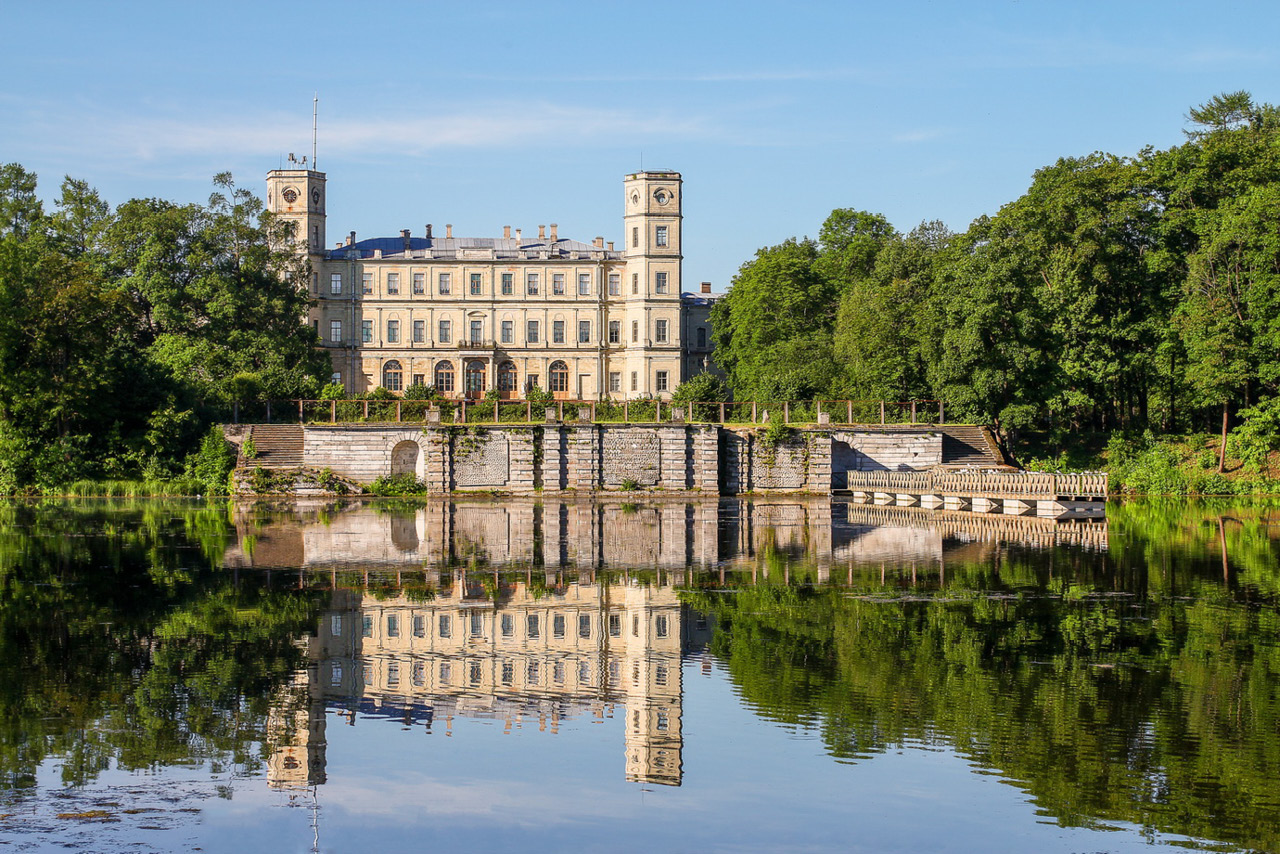
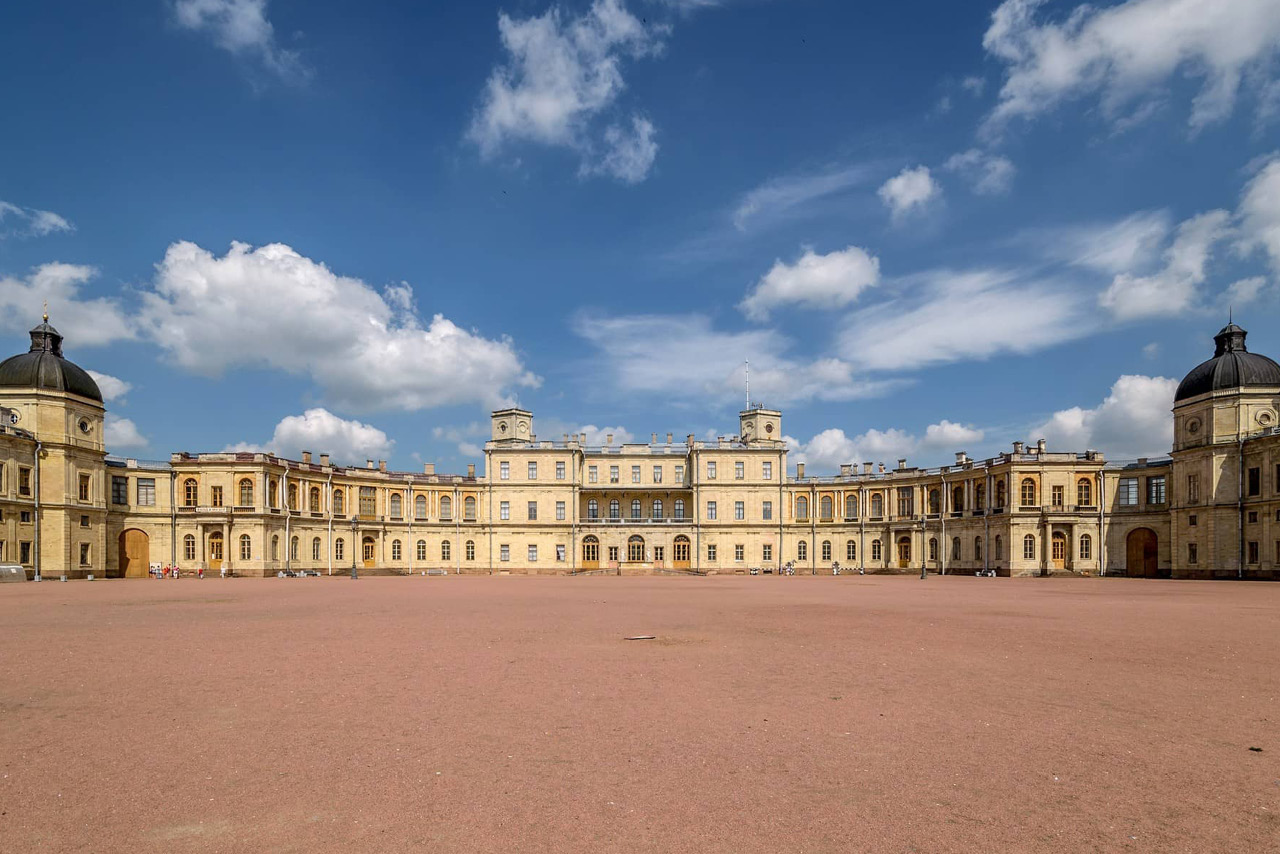

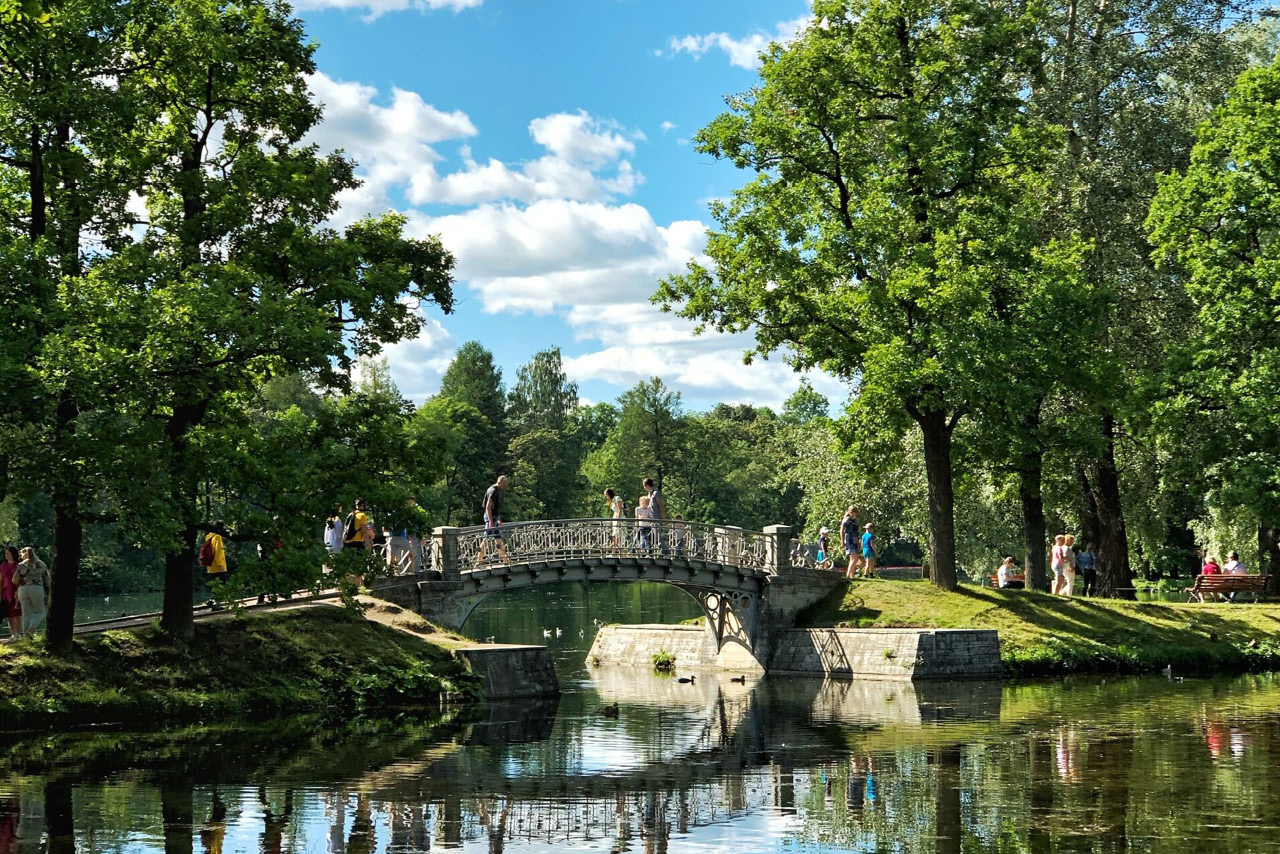
photos by Gatchina Museum
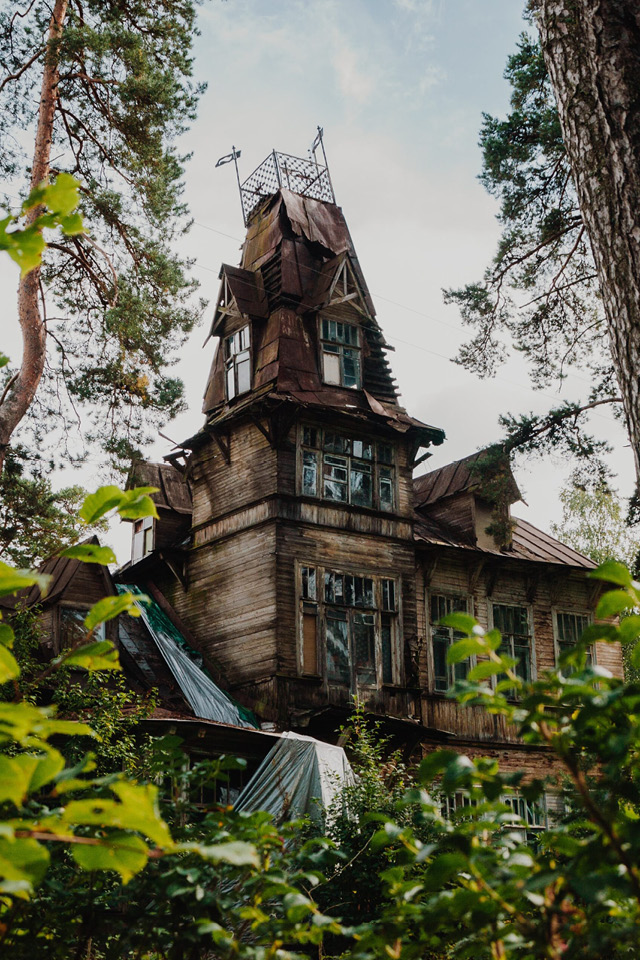
Northern Riviera
We invite you to the place near St. Petersburg, which we rightfully call our “Northern Riviera”. Still completely unexplored by foreign tourists, on the one hand, it is one of the urban areas where excellent restaurants are located, and on the other – beautiful landscapes, fresh sea air, and shallow sea with long sandy beaches.
Here you will find out what the Russian word “dacha” means as Repino and Komarovo are the places where lots of country houses are located. Besides learning something new about the Russian’s everyday life, here you can find other places of interest. In Repino you can visit the house-museum of the great Russian artist Repin, whose works are exhibited at the Tretyakov Gallery in Moscow and the Russian Museum in St. Petersburg. You can also see the cottage of the maid of honour of the last Russian empress, who helped her organize meetings with Grigory Rasputin. In Komarovo there is a necropolis where the great Russian poetess of the 20th century Anna Akhmatova is buried.
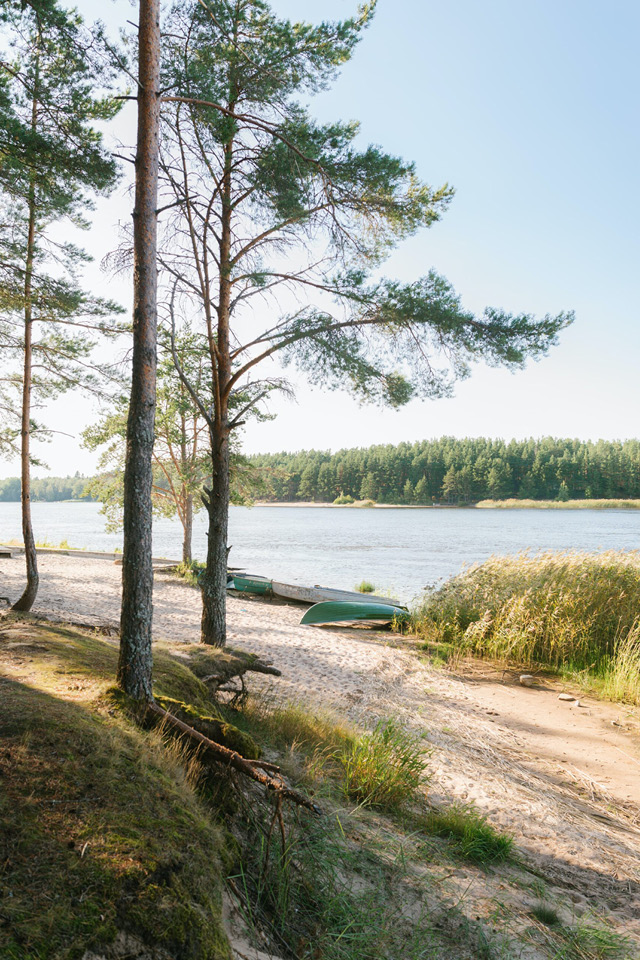
Scandinavia or Russia?
When your friends see your photos of Vyborg, they will not believe you are in Russia. This magical town looks more Scandinavian than Russian because the Swedes founded the city, and, at different times, it was under the authority of Sweden, Russia, and Finland. The Scandinavian influence on the city is strong, even the name “Vyborg” has Swedish roots: it means “the Sacred City”. In 1944 Vyborg decisively joined Russia but still inherited a lot from different cultures. Here you can walk along medieval cobblestone streets, see some Soviet buildings as well as Finnish art-nouveau buildings.
Vyborg Castle is the main attraction of this town. Here you will feel yourself traveling in time, don’t be surprised when you meet medieval knights here. For spectacular views across the town, climb to the top of Saint Olaf’s tower, where you will see how much Vyborg’s quaintness is enhanced by its location across an archipelago of small islands. You can also take a walk in the most romantic and picturesque park with the French name “Mon Repos”.
Vyborg is also known for its gastronomic specialties. Here you can taste “Krendel” (a type of pretzel), the first descriptions of this spicy delicacy date back to the 14th century.
Mysteries of Ancient Walls
Oreshek Island
This island is actually a fortress that has the same name – Oreshek Fortress. In Russian “oreshek” means a nut, the island got such a cute name because there were lots of hazel bushes on it. As the island is located at the source of the Neva River, it has always been an important strategic object. The first fortress on the island was built by a Russian prince in 1323. In its history, the island has changed hands more than once, from Russians to Swedes and back.
In 1702, Peter I conquered the fortress and called it Schlisselburg. By the emperor’s order, the fortress became a prison for especially dangerous criminals. One of the first prisoners was the wife of Peter I – Evdokia Lopukhina, who participated in a conspiracy against her husband. After the 1917 revolution, all prisoners were released, and the fortress became a museum. Anyway, the cells of the prisoners have been preserved. You can see the conditions in which people lived there.
During World War II, the fortress has played an important role. For 500 days, Soviet soldiers held the city and defended the “Road of Life,” along which they delivered products to besieged Leningrad and exported residents of the city. In honor of Soviet soldiers, there are monuments on the territory of the fortress.
The island is situated on the way to Old Ladoga. If you go to Old Ladoga, it would be reasonable to combine these excursions. Such a trip will take 12 hours.
Unique Interiors
Oranienbaum
The South Coast of the Gulf of Finland boasts many interesting locations. Somewhere between Peterhof and Kronshtadt another imperial residence lives its peaceful life. Oranienbaum was not only a place showing the greatness of Imperial Russia but also a place of entertainment. The members of the imperial family used to take part in the “rollercoaster”, a famous Russian entertainment the essence of which is rolling down the hill.
The most visited building of the residence is the Chinese Palace that was built on the wave of interest in the Chinese culture. Some of the interiors are made in Chinese style fashionable at the time.The palace is also considered one of the finest examples of rococo in Russia. Though the exterior is quite simple, the real fascination about this palace is the magnificent interior which is one of the only things that completely survived the bombardment and other unfortunate events, and remained intact from the Catherine II’s era.
Oranienbaum’s park amazes with its unusual structures and magnificent sculptures, pergolas entwined with wild grapes. Have a nice walk around the park and visit the Grand Palace and Chinese Palace museums.
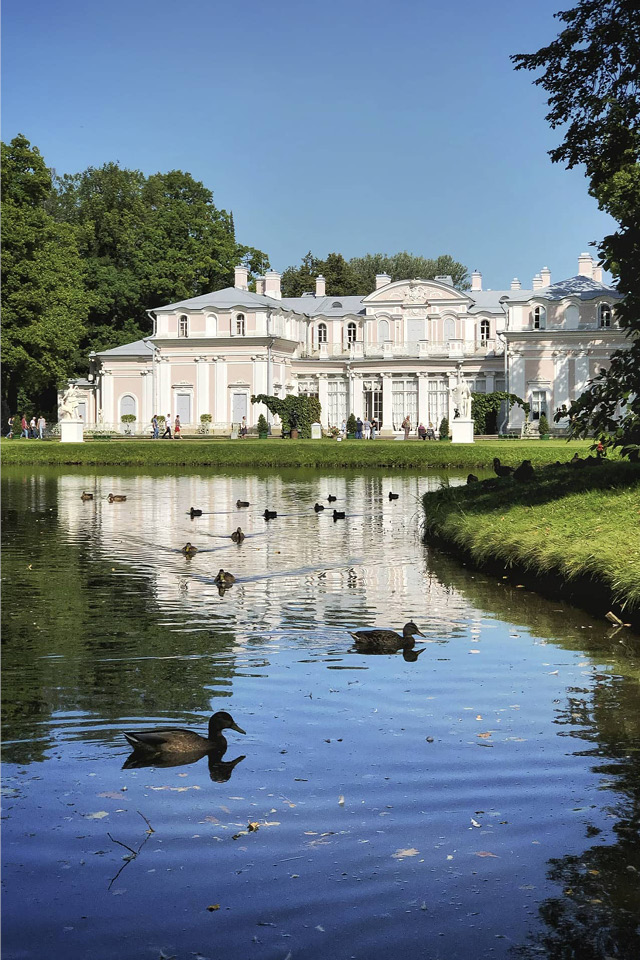
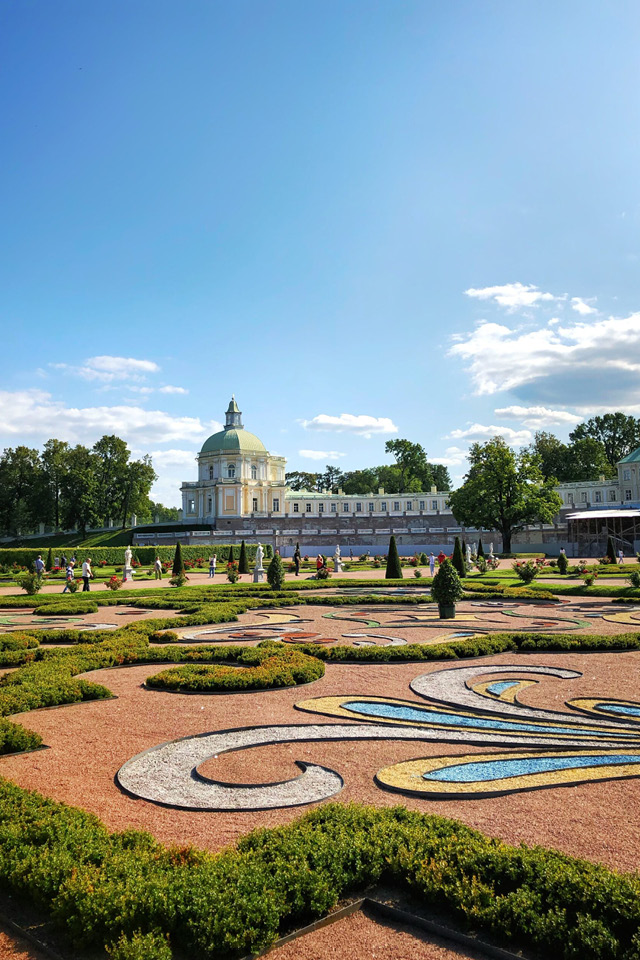


Testament to the former glory
Old Ladoga

The main sight is an old picturesque fortress. Some parts of it date back to the 12th century. On the territory of the fortress, there is the St. George Church. Inside you can see rare frescoes of the 12th century, which have not yet lost the brightness of the colours. In addition to the fortress, you can visit the operating Assumption Monastery and the park with a monument to the Russian princes Rurik and Oleg.
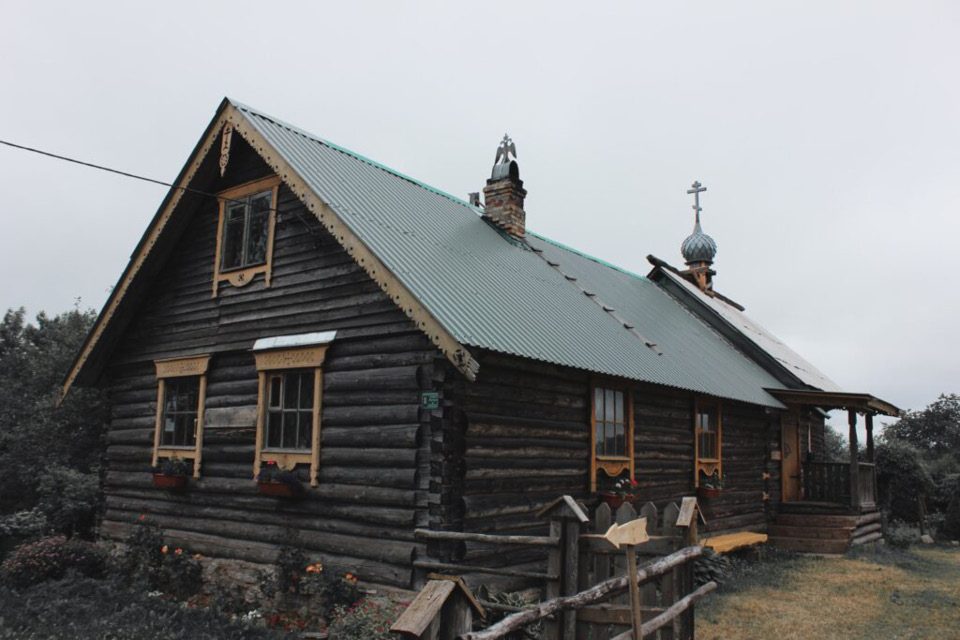
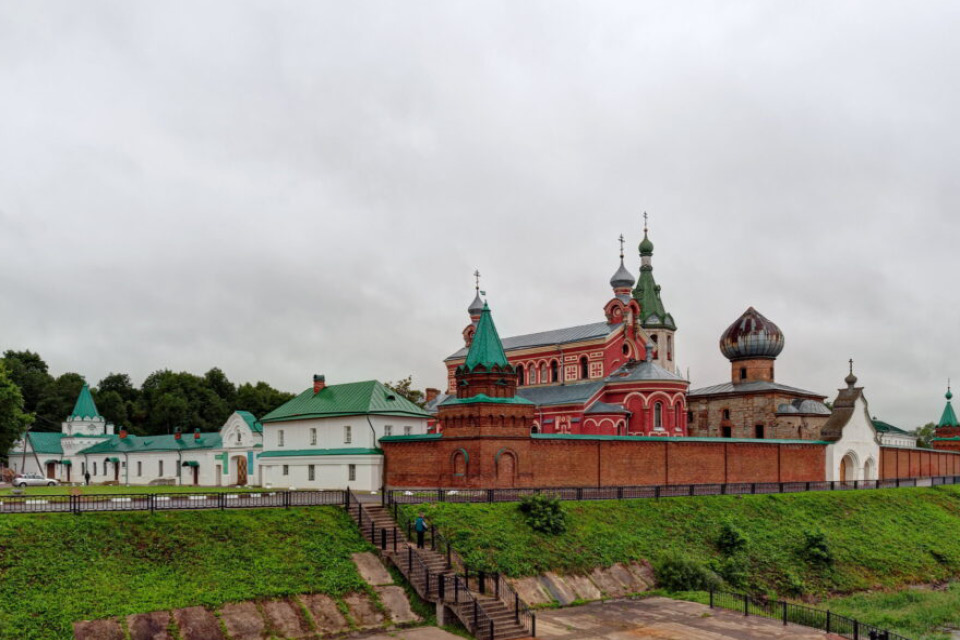
www.flickr.com/photos/alexxx-malev/
Outstanding relict of Orthodoxy
The history of the monastery is strongly connected with the Theotokos of Tikhvin icon, one of the most significant relics of Orthodoxy. As the legend says, the icon appeared in a bright radiance, the image soared in the air over the waters of Lake Ladoga. After that it appeared here and there, giving healing to the suffering until it stopped not far from the future city of Tikhvin and sank to the ground. Dimitry Donskoy heard about the miracle and ordered to build a wooden church of the Assumption here.
During the 2nd World War, the icon was stolen by the Nazis, but after their defeat, it was found in the United States of America. There the relic was carefully kept by the archbishop of Chicago and his son till the Tikhvin monastery restoration was finished. In 2004, the icon was officially returned to its historical place.
Feel Yourself a Medieval Knight
Ivangorod
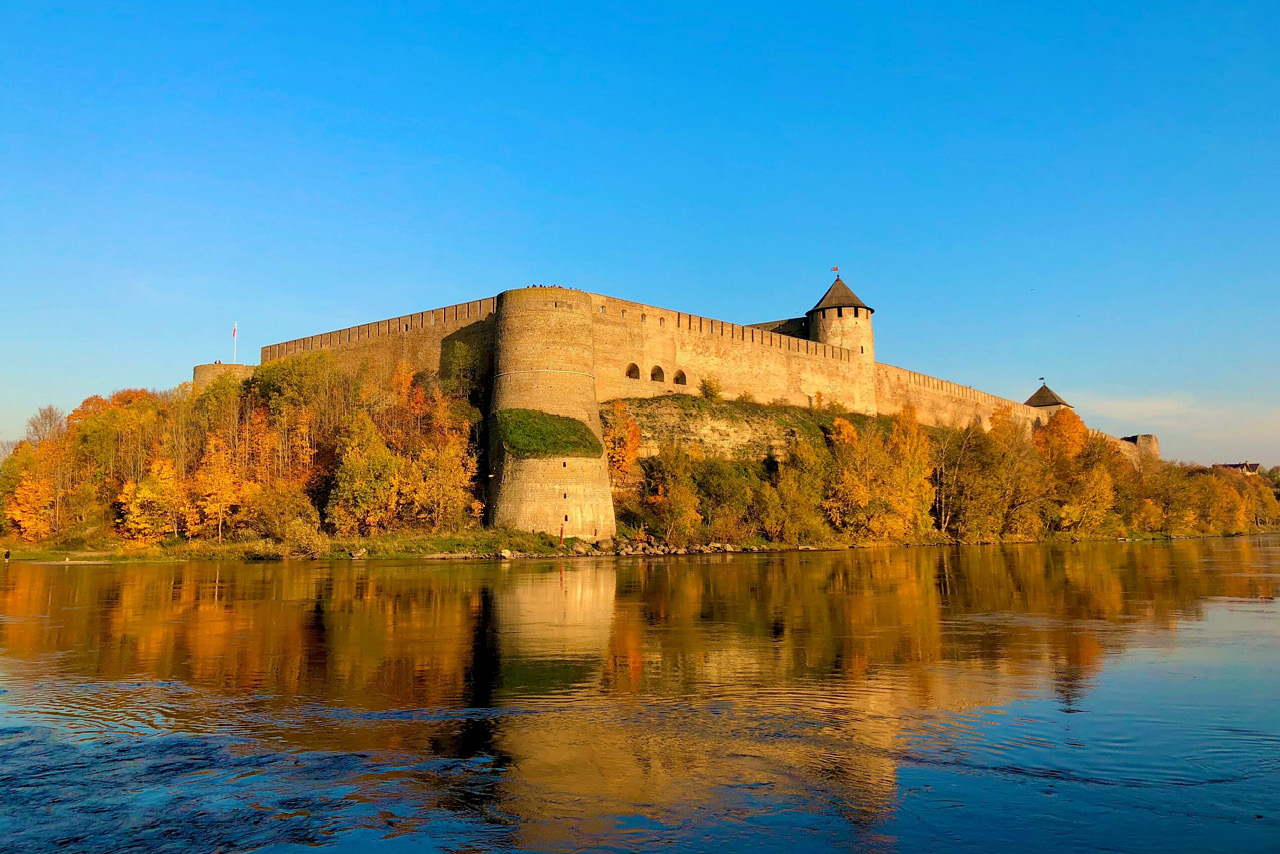
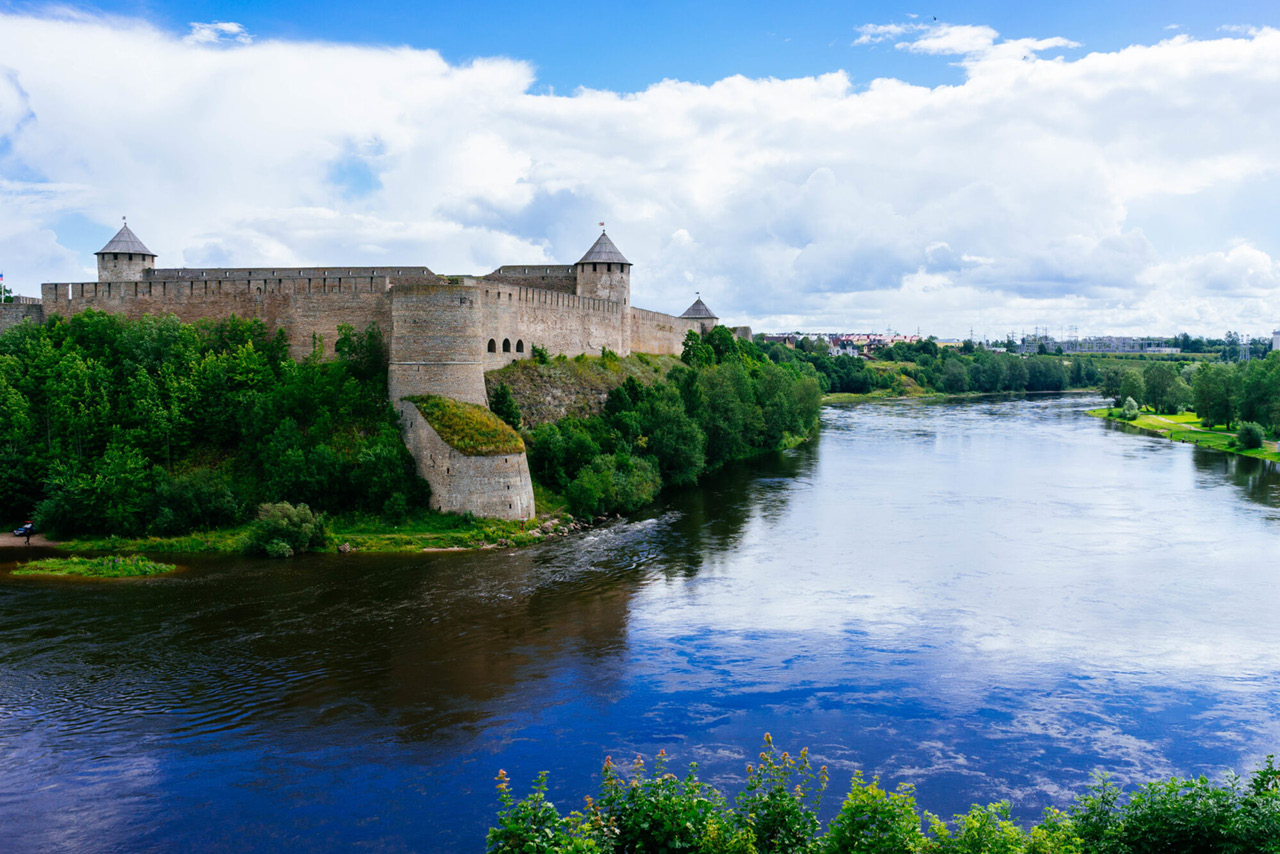
https://www.flickr.com/photos/30478819@N08
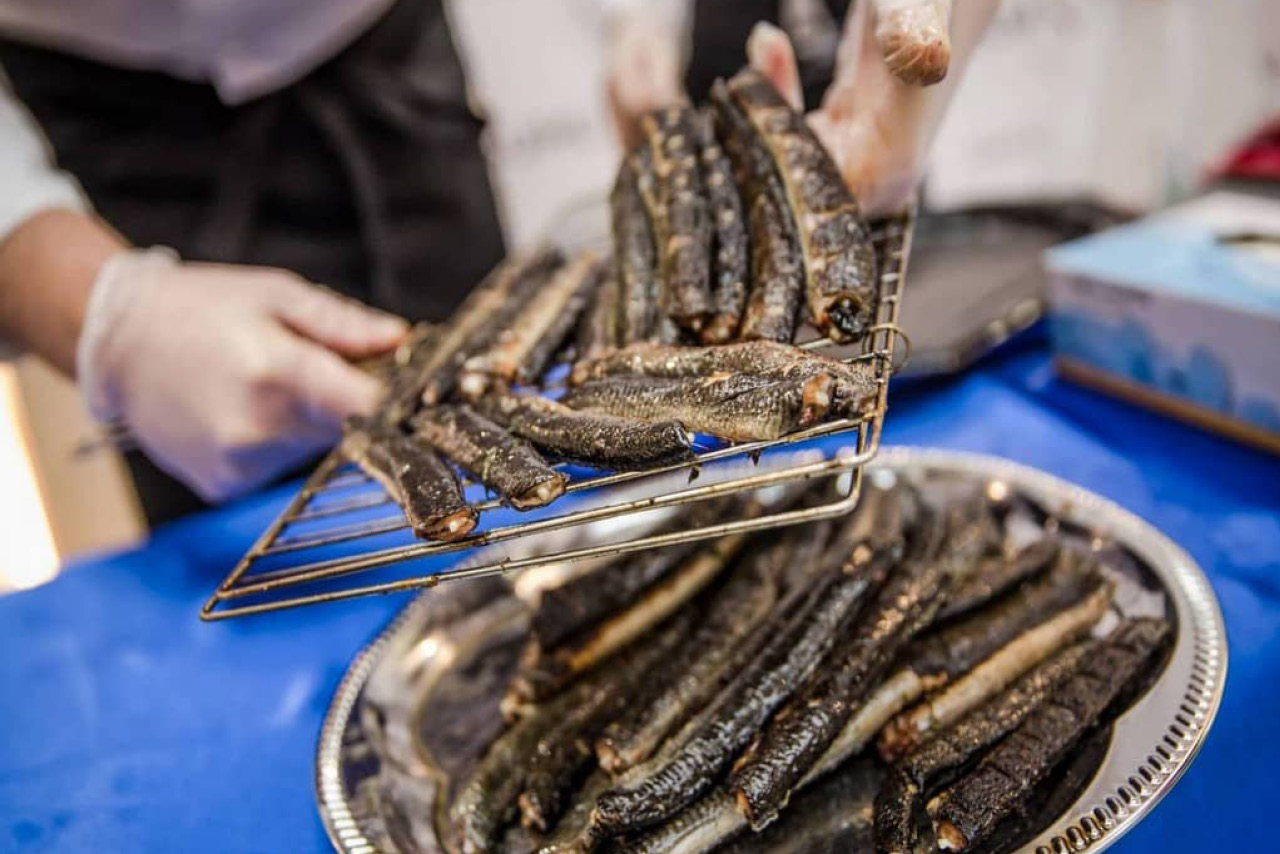
This land is rich in legends and folk tales. Traveling to Ivangorod feel yourself a Russian legendary hero, Livonian Knight, and Swedish spy. Towers, massive walls of the fortress, secret passages, and of course the castle will take you to the distant past. Two ancient Russian churches of the 16th century on the territory of the historical monument will remind you that the Russians are the owners of this fortress.
Tired of walking, you can enjoy a local delicacy – lampreys. Smoked, pickled, and fried lampreys are served in one of the city’s cafes.

Testimony to courage
The Road of Life
In the eyes of a foreigner, St. Petersburg is rather the capital of imperial palaces and luxurious parks. But our city has a tragic story page. This story about courage, self-sacrifice, and bravery is the story of besieged Leningrad. 872 days of daily feat that we will never forget!
In the fall of 1941, our city was surrounded by Nazi troops in a ring and was cut off from the outside world. The city was subjected to daily bombing and attacks from the enemy. The “Road of Life” is a transport highway with a total length of about 100 km, more than 30 of which passed along Lake Ladoga. For the inhabitants of Leningrad, it became the only thread connecting the city with the outside world, through which food and ammunition came to the city, and residents were evacuated from the city.
To perpetuate the feat of our fathers and grandfathers, after the end of the war, monuments and museums were erected along the entire length of the road that pays tribute to our ancestors. Nowadays everyone can go through this route and learn the terrifying story of that time.
go on tour
Itineraries of North-West
want more?
More pictures inside the Gallery

